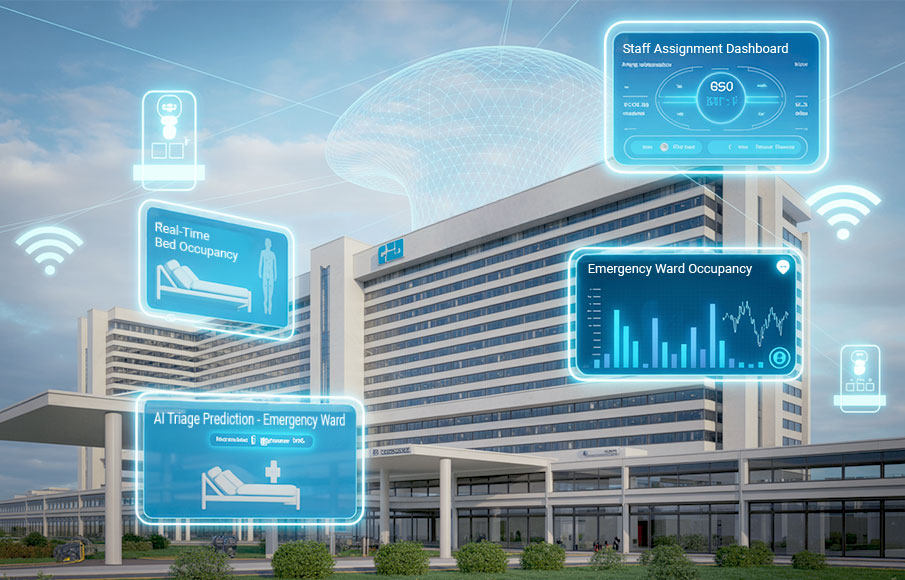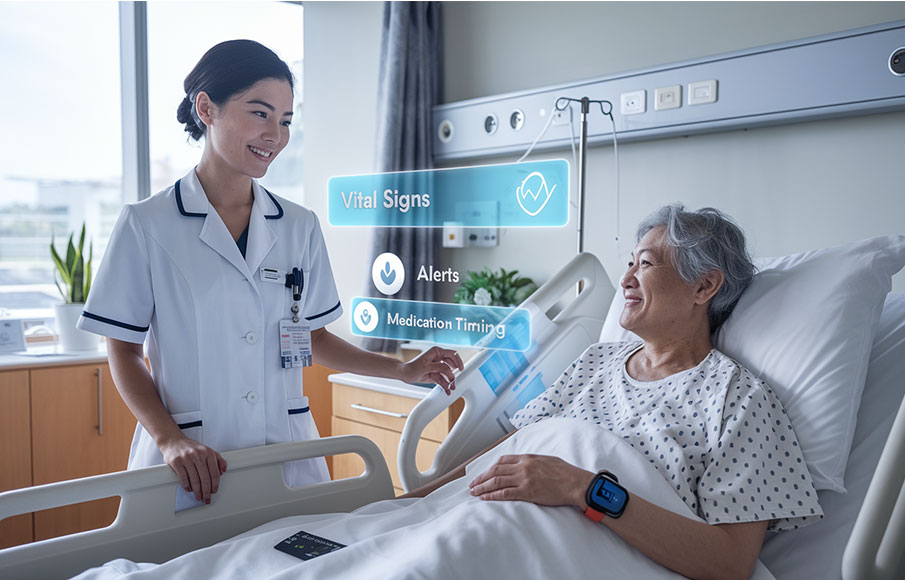Optimise Your Home Office Setup & Secure Remote Access for WFH Arrangements
- 14 December 2020

Remote work or working from home used to be optional, an ode to companies’ flexible working cultures. Now, it’s arguably the default arrangements for many organisations
Post pandemic, remote working has become a norm in many organisations with employees given the flexibility to work a few days from home every week or even to go fully remote.
People are getting used to remote working. In fact, many prefer this arrangement over working from the office. In a recent survey commissioned by The Straits Times, eight out of ten workers said they prefer to work from home or have flexible working arrangements, citing resumption of daily commute as the biggest deterrent to returning to their offices.
For businesses, remote working arrangements help reduce cost, especially on utilities due to minimal usage of power and other resources. Companies can also rethink the need for bigger office spaces since most of their employees can operate optimally from home.
With remote work being the norm moving forward, it is essential to look at ways to make working from home more efficient and conducive. Firstly, working from home should be always be treated like a day in the office. Dress up and groom yourselves like it is a typical work day. Little do people know that little steps like this would help get our minds ready to take on whatever work tasks lie ahead of us.
Clear Distinction between Work and Life

It is also important to set boundaries between work and personal life. One of the perils of working from home is the work-life blur, and there are increasingly more reports or cases whereby employees experience burnout due to overworking. Having a separate phone or laptop for work can help to create a sense of separation between the personal and professional world; but more importantly, employees should have a thorough conversation with their employers to set expectations and explore best approaches to address the surging work demands.
Another way to reintroduce a physical distinction between work and play is converting a certain room of the house into an office. Choose an area which you feel comfortable working in and that would help you focus on your work. The area should be brightly lit and neat, as a clean space appears more professional for external-fronting virtual work engagements such as web conferencing and webinars. An alternative would be to opt for a corporate branded background and if your work requires you to conduct webinars or video conferencing often, invest in an LED ring light to brighten up your work station.
The Right Connection to do a Great Job
Now that your workstation is all-set, the next thing on the list is network connectivity. Your work space should have a strong WiFi signal or access to a LAN point for a stable internet connection. “Hello? Hello, Can you hear me?…. Can you hear me now?” may be a popular quote for 2020 due to the surge in virtual calls and engagement, but that’s certainly not a situation you’d like to have for your work environment, especially if your job involves frequent web-conferencing. A dedicated internet connectivity for work just for your use is an option to consider, if you’re experiencing bad network quality or congestion at home.
In addition to network connection, a good VPN connection would allow you to access your office network and access applications within your company’s cloud or network environment. That said, good and stable VPN connectivity is hard to come by. Apart from additional logins and steps to connect, they are prone to timeouts and if many people are accessing it at the same time, you’d experience lag which can be frustrating. It also makes IT and security managers’ work a lot harder, as they will not have overview of your network and cannot help to troubleshoot or push updated security protocols to you.
Turning Your Home Office into a Branch Office

To fully experience a true office environment at home, you can consider having a dedicated Enterprise Internet line together with an SD-WAN solution installed in your home office.
With a home SDWAN solution, your home network can function like your company’s ‘branch office’, removing the need for multiple sign-ons for VPN and reduce the instances of getting locked out by timeouts.
SD-WAN also provides IT managers with insights on your network utility and allows them to prioritise network traffic, restrict access, configure cybersecurity solutions remotely and help with troubleshooting should an issue arises. You can enhance the performance of your home connectivity by opting for a dedicated Enterprise Internet line together with a home SDWAN solution to optimise productivity.
However, not all Enterprise Internet lines are created equal. When selecting a plan, you should consider a partner that can deliver Software Defined Networking (SDN) as this will enable virtual provisioning of cybersecurity and network services on demand. Allowing the IT manager to provide real-time adjustments and optimization, even when employees are working from home.
Incorporating an enterprise grade connection supported by SDN for the corporate office and home “branches” will enable a true Network-as-a-Service (NaaS) operation model, where network needs can be scaled according to your usage and requirements, contributing to an improved total cost of ownership. SPTel’s SDN offerings, for instance, allows the provisioning of services on an “as-needed” basis, with instant quotations and provisioning within minutes, so end users pay only for the bandwidth and cyber security as required, instead of overprovisioning capacity for occasional usage.
A Software Defined Enterprise Internet connection for your SD-WAN setup also reduces the risk of cyber security attacks, as the network is secured by corporate cyber security protocols and bad actors will have fewer outlets to infiltrate the system as compared to your home network.

According to a survey by AT&T that polled 500 IT decision makers across 3 key markets in Asia Pacific, 44% of respondents from Singapore said they have staff accessing corporate networks and data remotely using personal devices, which was higher than the regional average of 35%. Their readiness to support a remote workplace arrangement, however, had left 58% of respondents in the island republic with concerns they were more vulnerable to cyber-attacks.
These concerns can be mitigated with the combination of SPTel’s SDN and SD-WAN in your home offices as IT managers can react immediately and implement additional security measures as needed. DDoS attack detection is also a default service provided by SPTel as part of their “clean pipe” assurance.
As we will be working from home for a prolonged period of time, it is crucial to ensure our work environment at home is conducive for us to be efficient and productive. We should start looking at our home offices as an extension to our offices, akin to a branch office. The intent is not to blur boundaries between work and life further. In fact, a dedicated work area or space will help us clearly distinguish between the two. The thought and effort we put in ensuring our work space is well-connected will benefit our work from home arrangement in the long run.












